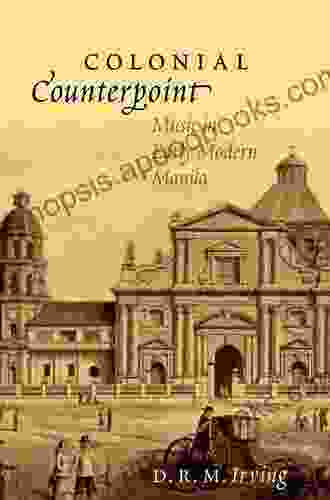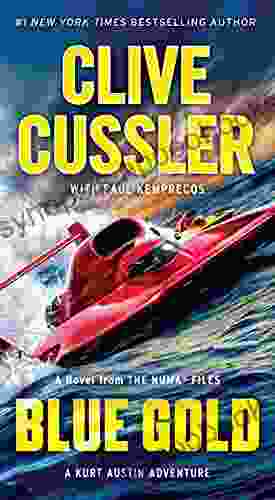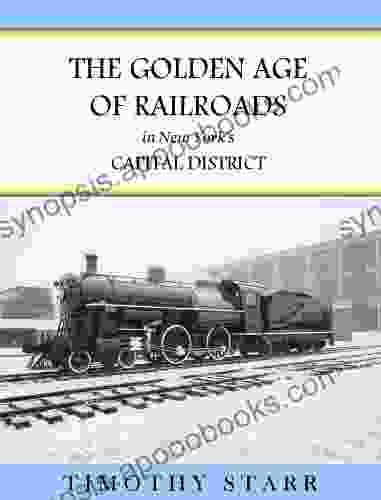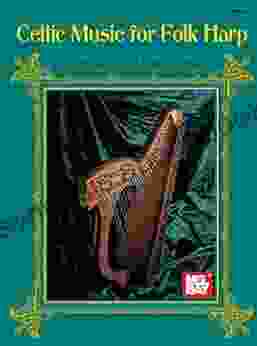Music In Early Modern Manila: Currents In Latin American And Iberian Music

In the heart of Southeast Asia, nestled amidst the bustling streets and vibrant culture of Manila, lies a musical heritage that resonates with the echoes of distant lands. During the era of Spanish colonization, Manila emerged as a cultural crossroads, where the melodies of Europe and the rhythms of Latin America intertwined to create a unique and captivating soundscape.
4.7 out of 5
| Language | : | English |
| File size | : | 3654 KB |
| Text-to-Speech | : | Enabled |
| Enhanced typesetting | : | Enabled |
| Lending | : | Enabled |
| Screen Reader | : | Supported |
| Print length | : | 408 pages |
This article embarks on a captivating journey through the vibrant musical landscape of early modern Manila. We will explore the fascinating history, influences, and enduring impact of music in the city, shedding light on the captivating rhythms and melodies that once resonated through its streets. Along the way, we will encounter the grandeur of Baroque churches, uncover the stories behind ancient musical instruments, and delve into the cultural exchange that shaped Manila's musical identity.
The Arrival of Western Music
The arrival of Spanish conquistadors in the 16th century marked a pivotal moment in the musical history of Manila. Spanish missionaries, eager to spread their faith, brought with them the musical traditions of their homeland. Gregorian chant, polyphony, and instrumental music found their way into the churches and cathedrals of Manila, introducing a new era of musical expression.
One of the most significant centers of musical activity in early modern Manila was the Manila Cathedral. Established in 1581, the cathedral became a hub for religious ceremonies and musical performances. Its choir, renowned for its excellence, played a crucial role in disseminating Western music throughout the city.
Influences from Latin America
As Manila became a major hub for trade and commerce, it also became a melting pot of cultures. Merchants, missionaries, and travelers from across the Spanish Empire brought with them the musical traditions of their respective regions. Among these influences, Latin American music played a particularly significant role.
The arrival of Mexican missionaries in the 16th century introduced the vibrant rhythms and melodies of indigenous Mexican music to Manila. These influences found their way into local religious ceremonies and popular music, creating a unique blend of Iberian and Latin American styles.
The Baroque Era
The 17th and 18th centuries witnessed the rise of the Baroque era in Europe, a period characterized by grandeur and elaborate ornamentation in art, architecture, and music. This influence reached Manila through the Spanish colonists, who brought with them Baroque musical repertoire and instruments.
Baroque music flourished in the churches of Manila, where it served to enhance the solemnity of religious ceremonies. Composers such as Francisco de Paula y Villar and Juan de Dios Ignacio incorporated Baroque elements into their sacred works, creating a rich and expressive musical tapestry.
Musical Instruments
The of Western music to Manila also brought with it a variety of musical instruments. Harps, guitars, violins, and organs became common fixtures in churches and homes. These instruments played a vital role in shaping the musical landscape of the city, providing accompaniment for religious services, social gatherings, and theatrical performances.
One of the most distinctive musical instruments of early modern Manila was the harp. Introduced by Spanish missionaries, the harp quickly became a popular instrument among the local population. Its gentle melodies and elegant appearance made it a favorite at social gatherings and religious processions.
Cultural Heritage
The music of early modern Manila holds immense cultural significance, reflecting the complex history and vibrant cultural exchange that shaped the city's identity. The fusion of Iberian and Latin American melodies created a unique musical heritage that continues to resonate in the present day.
Today, the music of early modern Manila can be heard in churches, concert halls, and cultural events throughout the city. Ensembles specializing in Baroque music perform the works of Filipino and Spanish composers, while contemporary musicians draw inspiration from the rich musical traditions of the past.
The musical landscape of early modern Manila was a vibrant and diverse tapestry, woven from the threads of Iberian and Latin American melodies. The arrival of Western music, the influences from Latin America, and the rise of the Baroque era created a unique and captivating soundscape that shaped the city's cultural identity.
Today, the music of early modern Manila continues to inspire and captivate, serving as a testament to the enduring power of cultural exchange. As we delve into the enchanting world of this musical heritage, we not only gain a deeper understanding of Manila's past but also appreciate the enduring legacy of its musical traditions.
4.7 out of 5
| Language | : | English |
| File size | : | 3654 KB |
| Text-to-Speech | : | Enabled |
| Enhanced typesetting | : | Enabled |
| Lending | : | Enabled |
| Screen Reader | : | Supported |
| Print length | : | 408 pages |
Do you want to contribute by writing guest posts on this blog?
Please contact us and send us a resume of previous articles that you have written.
 Book
Book Novel
Novel Page
Page Chapter
Chapter Text
Text Story
Story Genre
Genre Reader
Reader Library
Library Paperback
Paperback E-book
E-book Magazine
Magazine Newspaper
Newspaper Paragraph
Paragraph Sentence
Sentence Bookmark
Bookmark Shelf
Shelf Glossary
Glossary Bibliography
Bibliography Foreword
Foreword Preface
Preface Synopsis
Synopsis Annotation
Annotation Footnote
Footnote Manuscript
Manuscript Scroll
Scroll Codex
Codex Tome
Tome Bestseller
Bestseller Classics
Classics Library card
Library card Narrative
Narrative Biography
Biography Autobiography
Autobiography Memoir
Memoir Reference
Reference Encyclopedia
Encyclopedia Malak Kalmoni
Malak Kalmoni Craig M Young
Craig M Young Tracy K Smith
Tracy K Smith Courtney Flynn
Courtney Flynn Laurie Kaplan
Laurie Kaplan Vili Lehdonvirta
Vili Lehdonvirta Mark Phillips
Mark Phillips Collyn Rivers
Collyn Rivers Mi Park
Mi Park Craig Oliver
Craig Oliver Craig D Hillis
Craig D Hillis Kimberla Lawson Roby
Kimberla Lawson Roby Kenneth Beckman
Kenneth Beckman Lucy O Brien
Lucy O Brien Hemant Gupta
Hemant Gupta Daiyu Chen
Daiyu Chen Gary Tzu
Gary Tzu Sumi Hahn
Sumi Hahn Cordelia Castel
Cordelia Castel Dale E Moxley
Dale E Moxley
Light bulbAdvertise smarter! Our strategic ad space ensures maximum exposure. Reserve your spot today!
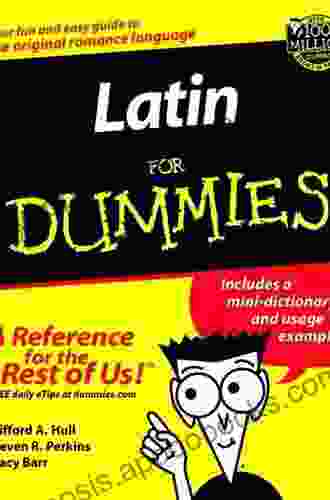
 Charles DickensUnlock the Secrets of Ancient Rome with "Latin for Dummies" by Clifford Hull
Charles DickensUnlock the Secrets of Ancient Rome with "Latin for Dummies" by Clifford Hull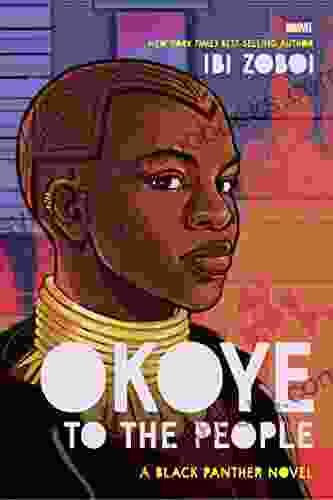
 Elton HayesUnveiling the Triumphant Tale of Black Girlhood: "Okoye to the People" by Ibi...
Elton HayesUnveiling the Triumphant Tale of Black Girlhood: "Okoye to the People" by Ibi... John MiltonFollow ·19.6k
John MiltonFollow ·19.6k Luke BlairFollow ·7.1k
Luke BlairFollow ·7.1k Fletcher MitchellFollow ·6.6k
Fletcher MitchellFollow ·6.6k Samuel WardFollow ·18k
Samuel WardFollow ·18k Terry BellFollow ·7.4k
Terry BellFollow ·7.4k Levi PowellFollow ·19.5k
Levi PowellFollow ·19.5k Eli BrooksFollow ·4.2k
Eli BrooksFollow ·4.2k Mike HayesFollow ·6.8k
Mike HayesFollow ·6.8k
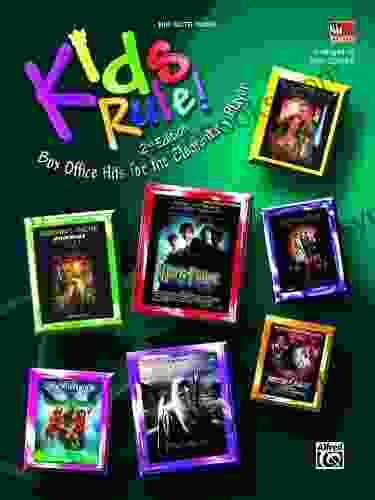
 Cooper Bell
Cooper BellKids Rule Box Office Hits for the Elementary Player
Empowering Young Performers:...
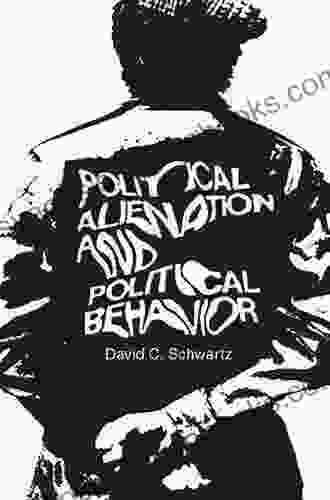
 Gabriel Blair
Gabriel BlairUnraveling the Enigma: Political Alienation and Its...
In the labyrinthine tapestry of human...

 Anthony Burgess
Anthony BurgessBe a Great Singer: Unleash Your Musical Talent with...
Do you dream of singing with...
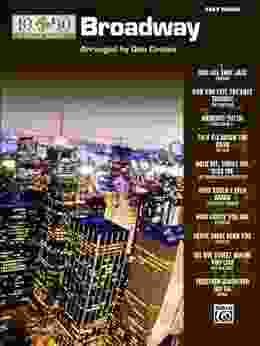
 Heath Powell
Heath PowellDive into a Musical Masterpiece: "10 for 10 Sheet Music...
An Enchanting Journey Through Broadway...
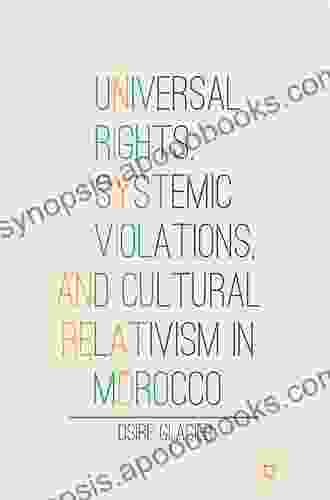
 Guy Powell
Guy PowellUniversal Rights, Systemic Violations, and Cultural...
The notion of universal human rights is a...
4.7 out of 5
| Language | : | English |
| File size | : | 3654 KB |
| Text-to-Speech | : | Enabled |
| Enhanced typesetting | : | Enabled |
| Lending | : | Enabled |
| Screen Reader | : | Supported |
| Print length | : | 408 pages |


